10 Essential Tips for Beginners in General Aviation to Enhance Your Skills
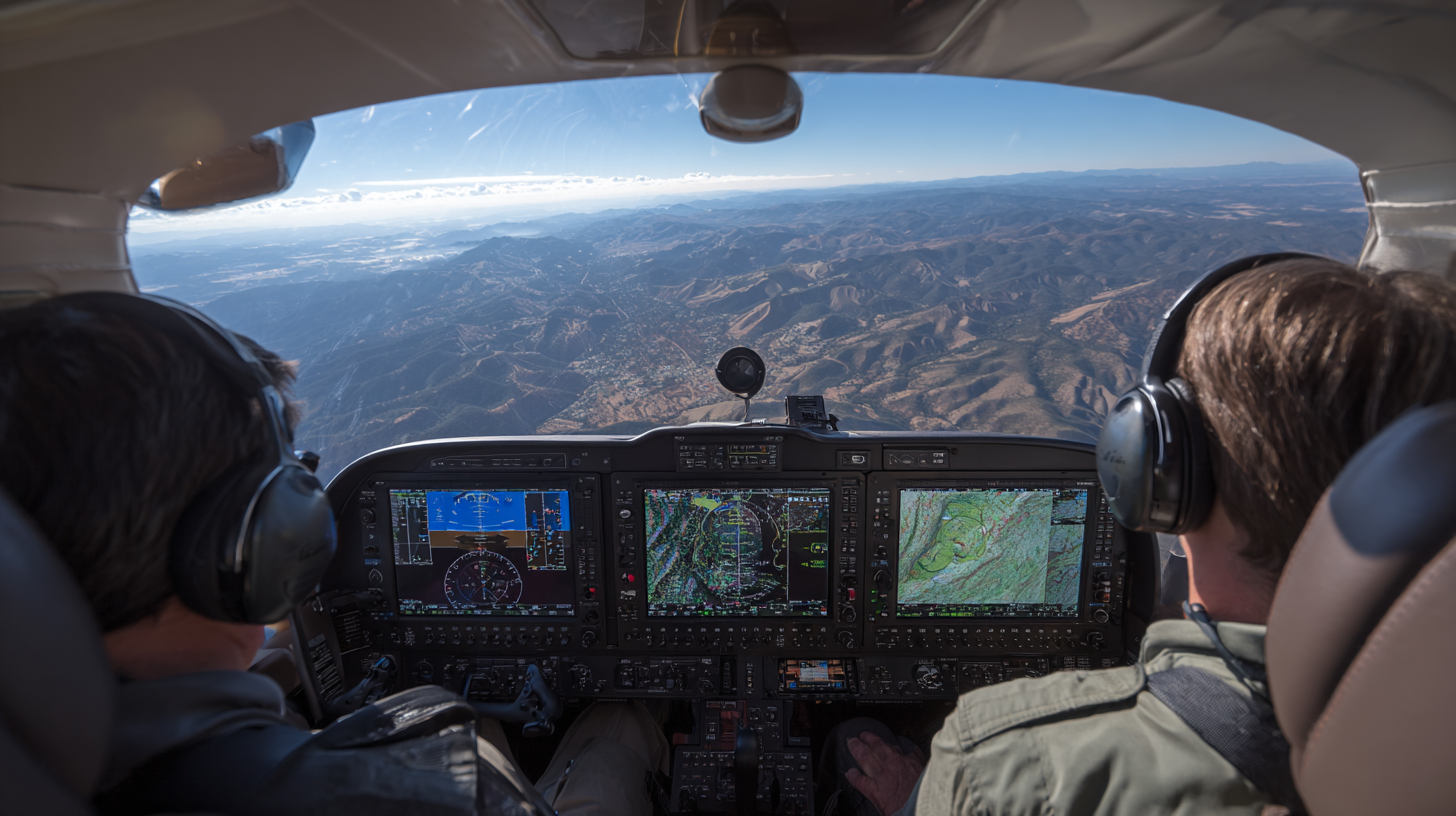 General aviation (GA) encompasses a vast range of flight activities, excluding scheduled commercial airlines and military aviation. It includes everything from private flying to flight training, air ambulance services, and agricultural aviation. According to the General Aviation Manufacturers Association (GAMA), the general aviation industry contributes over $60 billion to the U.S. economy and supports more than 1.1 million jobs. The expansive nature of general aviation means that it offers numerous opportunities for beginners to build their skills and enhance their flying capabilities.
General aviation (GA) encompasses a vast range of flight activities, excluding scheduled commercial airlines and military aviation. It includes everything from private flying to flight training, air ambulance services, and agricultural aviation. According to the General Aviation Manufacturers Association (GAMA), the general aviation industry contributes over $60 billion to the U.S. economy and supports more than 1.1 million jobs. The expansive nature of general aviation means that it offers numerous opportunities for beginners to build their skills and enhance their flying capabilities.
For newcomers to the field, mastering the art of general aviation requires a solid foundation and ongoing practice. The National Business Aviation Association (NBAA) emphasizes the importance of continuous learning and skill development, noting that the best pilots are those who continually seek to improve their abilities. This not only enhances individual flying proficiency but also contributes to overall safety in the skies. By adopting essential tips and techniques specific to general aviation, beginners can significantly improve their flying skills and enjoy a rewarding experience in this dynamic field.
Understanding the Basics of Aircraft Control: Key Techniques for New Pilots
Understanding the fundamentals of aircraft control is crucial for new pilots aiming to enhance their skills in general aviation. One of the key techniques involves mastering the use of control surfaces such as ailerons, elevators, and rudders. According to the National Transportation Safety Board (NTSB), improper control inputs are a significant factor in 30% of reported general aviation accidents. Therefore, new pilots should focus on smooth, coordinated movements and understand how each control surface affects the aircraft’s attitude and flight path.
Additionally, developing a solid foundation in navigation and situational awareness is essential. The FAA’s General Aviation Safety Statistics indicate that a lack of situational awareness contributes to over 20% of general aviation accidents. New pilots can improve these skills by regularly practicing flight planning and using navigation aids. Using tools like GPS and VOR systems not only aids in precise navigation but also builds confidence in managing the aircraft effectively. Engaging in simulator training can complement this practice, allowing beginners to experience varied scenarios safely and develop a proactive approach to potential challenges in the cockpit.
10 Essential Tips for Beginners in General Aviation to Enhance Your Skills
| Tip Number | Technique | Description |
|---|---|---|
| 1 | Understand Aircraft Control Surfaces | Learn the function of ailerons, elevators, and rudders. |
| 2 | Practice Steep Turns | Build proficiency in managing bank angles and maintaining altitude. |
| 3 | Mastering Slow Flight | Recognize stall characteristics and recover effectively. |
| 4 | Perform Short Field Takeoffs | Learn techniques for maximizing performance on shorter runways. |
| 5 | Execute Proper Landing Techniques | Focus on glide path management and speed control. |
| 6 | Develop Situational Awareness | Stay aware of surrounding traffic and weather conditions. |
| 7 | Use Checklists Effectively | Ensure safety and consistency by following pre-flight and in-flight checklists. |
| 8 | Learn Navigation Skills | Understand how to read maps and use navigation aids. |
| 9 | Inspect the Aircraft Before Flight | Conduct thorough pre-flight inspections to ensure safety. |
| 10 | Post-Flight Debriefing | Reflect on the flight experience to identify areas for improvement. |
Improving Situational Awareness: Tips for Enhanced Flight Safety
Improving situational awareness is crucial for beginner pilots in general aviation, as it directly impacts flight safety. One of the fundamental tips is to develop a habit of scanning the environment regularly. This involves not only keeping an eye on the instruments but also frequently looking out for other aircraft, changes in weather conditions, and potential obstacles. By actively engaging with the surroundings, pilots can quickly identify any emerging threats and make informed decisions that enhance safety.
Another essential practice is to cultivate a strong understanding of aeronautical charts and navigation aids. Familiarizing oneself with the layout of airspace, key waypoints, and the locations of nearby airports can significantly improve a pilot's ability to maintain situational awareness. In addition, utilizing tools such as terrain awareness and warning systems (TAWS) can provide an extra layer of safety by alerting pilots to potential hazards. By integrating these strategies into their routine, beginner pilots will not only enhance their situational awareness but also foster a proactive approach to flight safety that is vital for their development in general aviation.
Mastering Flight Planning: Essential Steps for Effective Navigation
Effective flight planning is a cornerstone of successful navigation in general aviation. According to the FAA's "General Aviation Safety Survey," nearly 75% of accidents can be attributed to pilot error, with poor flight planning being a significant factor. To enhance your skills in this critical area, start by determining your route using reliable flight planning tools and software. These tools not only help you identify waypoints but also provide weather updates and alternate route options for safety.
When preparing your flight plan, adhere to the following tips. First, always check the NOTAMs (Notices to Airmen) for any airspace restrictions or changes that might affect your route. Secondly, ensure that you account for the aircraft's performance capabilities and limitations, which are essential for making informed decisions about altitude and airspeed. According to statistics from the NTSB, proper pre-flight assessments can significantly reduce risks, making this step crucial for beginners seeking skill enhancement in general aviation.
Lastly, practice situational awareness throughout your flight. Incorporate regular checks of your surroundings and constant updates of your flight information. This habit will not only help you stay on course but also prepare you for unexpected challenges. Mastering these essential steps in flight planning is key to becoming a more competent and confident pilot in the skies.
Building Communication Skills: Interacting with ATC and Other Pilots
Effective communication is a cornerstone of safety and efficiency in aviation, especially for beginners in general aviation. Interacting with Air Traffic Control (ATC) and fellow pilots can seem daunting, but developing solid communication skills is crucial for a successful flying experience. It starts with familiarizing yourself with the aviation phraseology—phrases that are concise and specific. This language reduces misunderstandings and enhances clarity, allowing for smoother interactions.

When communicating with ATC, always listen carefully and repeat back important instructions to confirm understanding. This practice, known as "read-back", helps prevent potentially hazardous miscommunications. Additionally, when flying in a shared airspace, establishing a good rapport with other pilots is essential. Utilizing common frequencies and being proactive in announcing your position and intentions will promote situational awareness for everyone involved. Regular practice in these communication skills not only aids your confidence but also builds a safer flying community, fostering a collaborative atmosphere in the cockpit.
Practicing Emergency Procedures: Preparing for Unexpected Situations in the Air
Practicing emergency procedures is crucial for general aviation beginners, as it prepares them for unexpected situations that can occur while flying. A well-structured practice routine can significantly improve one’s ability to respond effectively in a crisis. According to a report from the National Transportation Safety Board, 80% of aviation incidents are due to human error, highlighting the importance of thorough preparation and practice. By honing emergency response skills, pilots can act swiftly and confidently when faced with challenging scenarios.
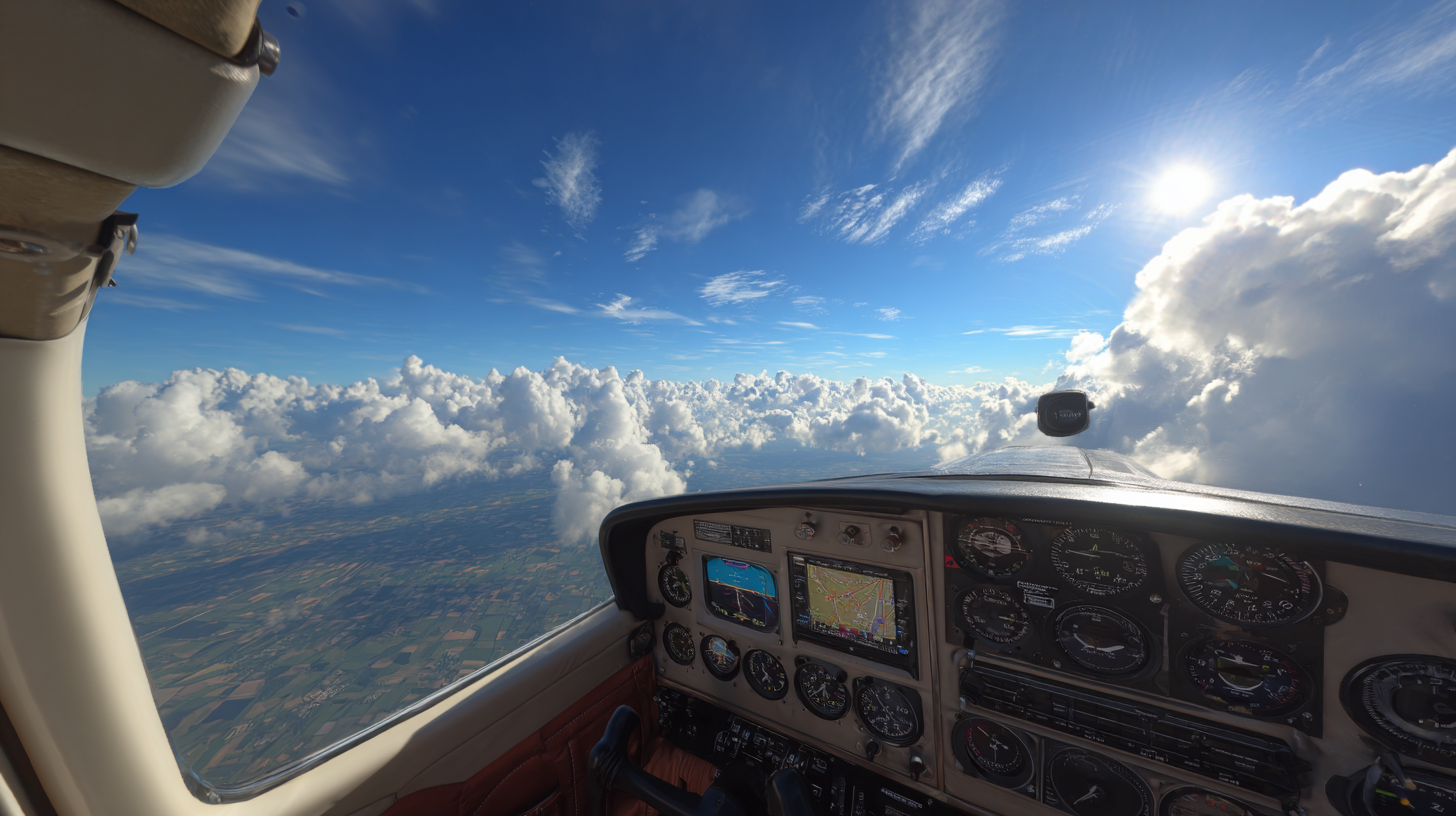
One essential tip for beginners is to familiarize themselves with the aircraft's emergency procedures, as knowing these protocols can streamline decision-making under pressure. Regularly conducting simulated emergency drills can reinforce these skills. For example, just as firefighters engage in live-burn training to tackle aircraft crash scenarios, pilots should also implement practice sessions tailored to emergencies, ensuring they are ready for various situations, whether it’s an engine failure or severe weather conditions. Furthermore, utilizing resources like flight simulators can effectively enhance proficiency in emergency management.
Another key aspect is to maintain situational awareness and to stay composed during emergencies. Training programs often emphasize that hesitation can be costly in critical moments. For instance, the 19th MDG’s disaster preparedness exercises illustrate how structured training and practical drills enable personnel to react promptly to aircraft crashes or natural disasters. General aviation pilots should leverage similar principles, creating a culture of readiness that not only enhances their skill set but also ensures safety in the skies.
Related Posts
-
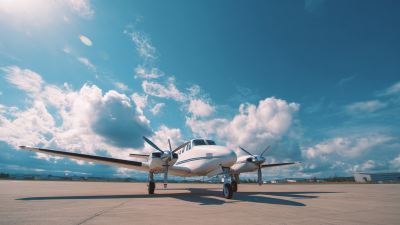
Exploring the Advantages of Using General Aviation Fuel for Your Aircraft Operations
-
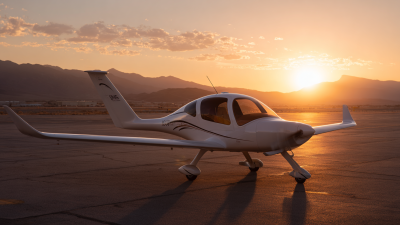
Exploring the Future of Aviation: How Kit Aircraft are Redefining DIY Flight for Enthusiasts
-
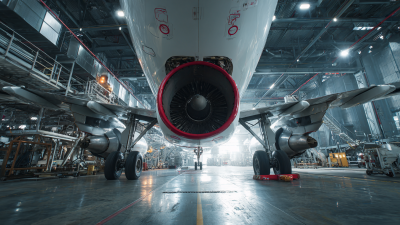
Understanding the Evolution of Aircraft Service: From Maintenance to Passenger Experience
-

Exploring the Future of Fuel System Aviation at the 138th Canton Fair 2025
-

Unlocking the Future of Energy: How Consolidated Fuel is Revolutionizing the Fuel Industry
-

Exploring the Future of Fuel System Aviation Innovations and Sustainability
